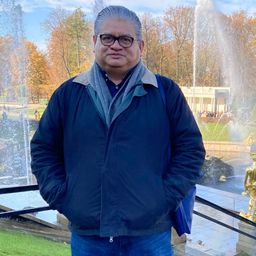Balance and perspectives of the conservation and reuse of the industrial heritage of Latin America and the Caribbean III
My Session Status
After 25 years of the launching of the first Latin American Industrial Heritage's organizations (México, Cuba, Argentina, Chile, Venezuela, Perú, Colombia, Brasil, Uruguay, Guatemala, Ecuador) we propose a general balance of the state of the art in the region and the future of the conservation and retooling of the industrial heritage in the covid19 aftermath. This regular session highlights four axes of discussion and comparative studies: 1) The legal framework of the policies of conservation and retooling of the industrial heritage in the region. 2) Experiences and Challenges of intervention in the cultural landscape of the industrial heritage in the region. 3) Training and human capital formation for the records and inventories of Industrial Heritage facing the new technologies that covid19 aftermath requires 4) Interdisciplinary approaches with methodological and theoretical views for the registration of the Intangible Cultural heritage of the industrial past in the region.
Sub Sessions
The neighborhoods of the Tamanduateí River, situated at the expanded center of the city of São Paulo capital, are empirical research objects chosen for the development of the PhD in Architecture and Urbanism entitled "Processes of productive displacement - urban restructuring and resignification of industry". The study with contemporary urban issues involved in this territory, which highlights the theme of industrial remains and how the industrial heritage field of study looks at this industr...
The remains of mills, power generators, sugar factories, slabs, sewers, and canals are part of the biocultural (and specifically industrial) heritage of the Duero River Basin in northwestern Michoacan, Mexico. These buildings and infrastructure are witnessing industrialization in the Porfiriato era, the late 19th and early 20th centuries. The aim was to use the power of water to increase productivity in both the nascent industries and the agricultural sector, and to shed "enlightenment" on...



